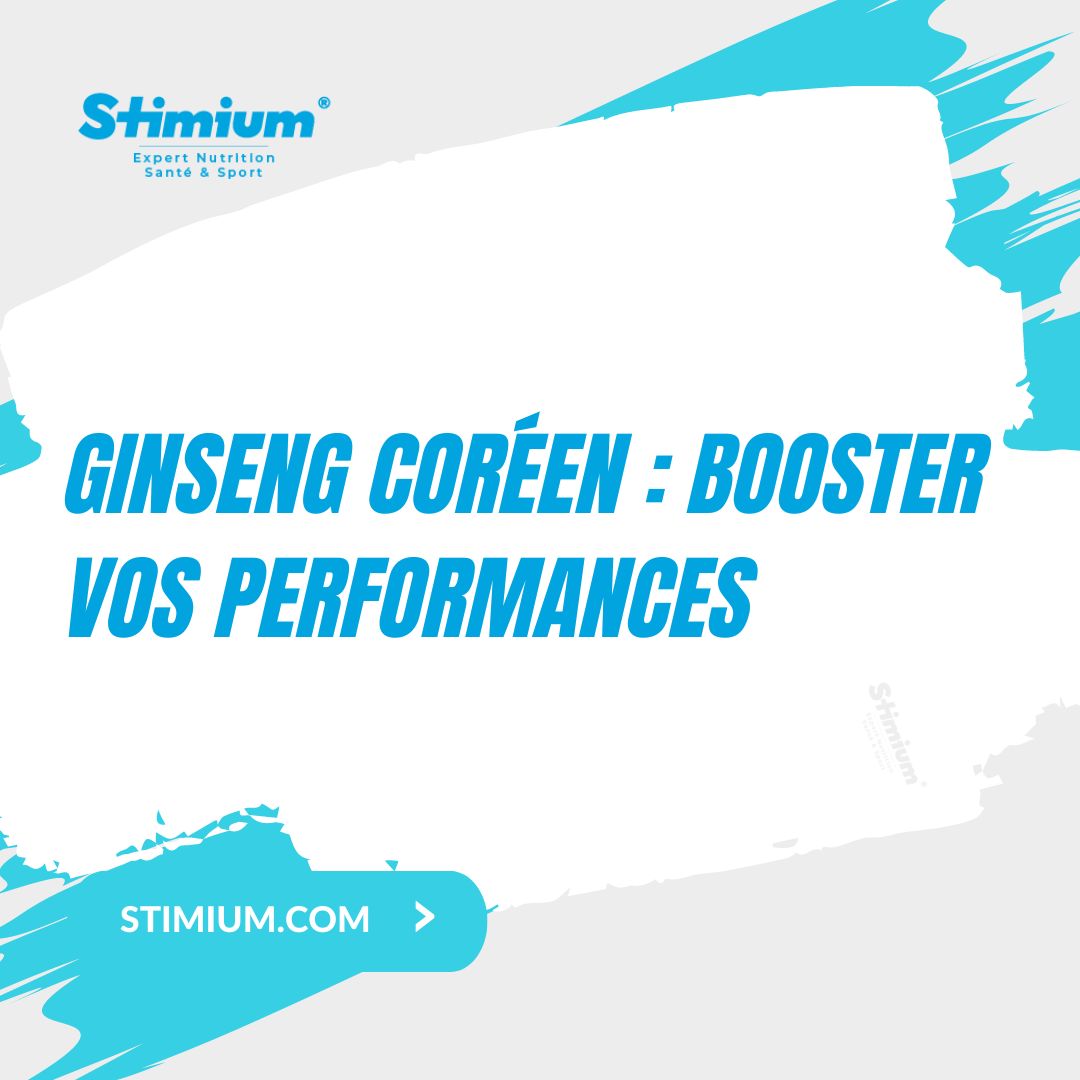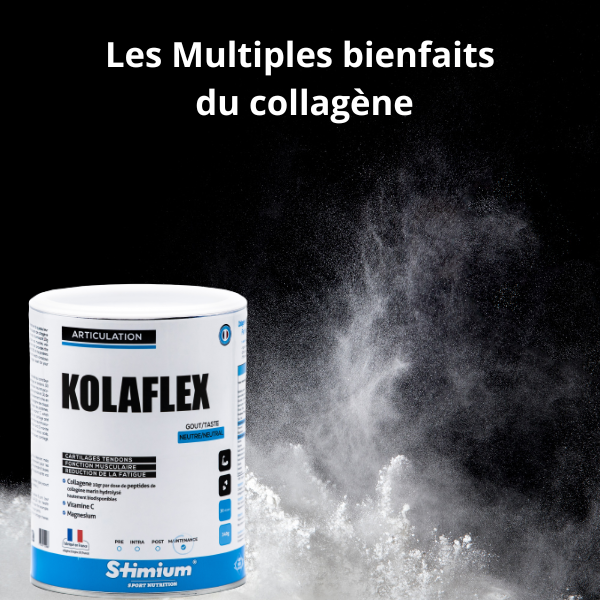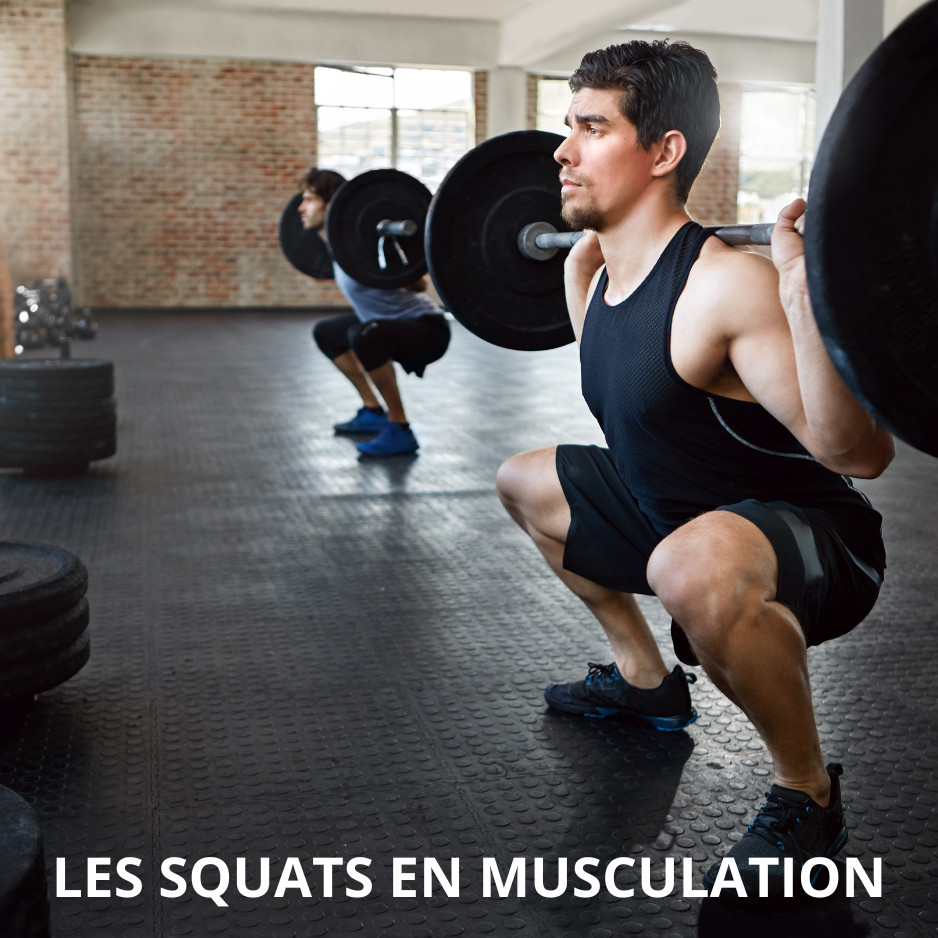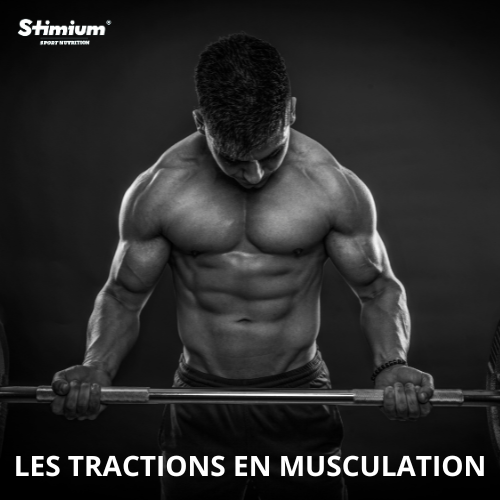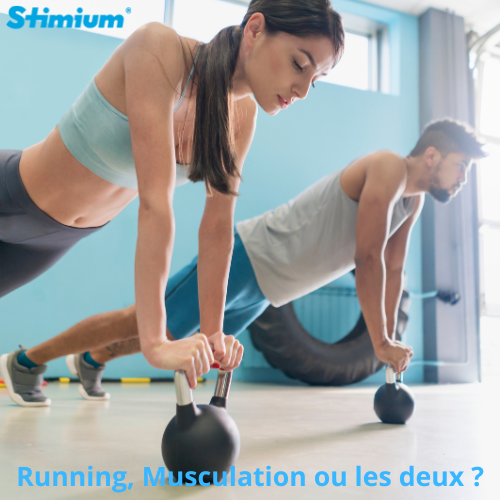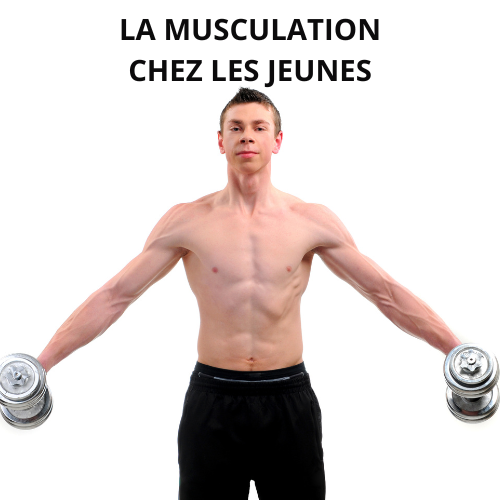Running performance factors and associated injuries
As is often the case, there is no such thing as a miracle workout. There will obviously be fashions, driven by a few charismatic trainers, but those will pass with new champions or new good communicators. More than a miracle recipe, there are fundamentals that allow you to progress more quickly and achieve greater performance for those who are looking for permanent improvements.
The aerobic system
The aerobic system produces energy from oxygen to perform cardiovascular activities such as running, cycling or swimming. During running, the aerobic system is heavily involved during a continuous effort of more than 5 minutes or several repeated efforts interspersed with short breaks, which explains in particular the success of Stimium® Boost and Stimium® Pro gums. Nrj for the immediate energy they provide and the ease of their consumption The aerobic system has two components that influence the runner's performance: (1) VO2max and (2) aerobic endurance.
VO2max represents the maximum volume of oxygen consumed per unit of time during aerobic exercise. It is usually expressed in milliliters of oxygen per kilogram of body weight per minute (ml/kg/min). It measures the combined efficiency of the heart, lungs, blood vessels and working muscles to transport as well as use oxygen. The closer the duration of the effort is to 6 minutes, the more important VO2max is for performance, and the shorter the duration of the effort (less than 2 minutes), the less important the contribution of VO2max is to performance. performance. In some cases, it is possible to associate a running speed with VO2max. This speed is called maximum aerobic speed . In other words, it is the running speed at which the body consumes maximum oxygen. For a middle-distance or long-distance runner, for a cyclist or a triathlete, it is one of the key factors for progress.
Aerobic endurance is the ability to maintain an effort for as long as possible at a relatively high percentage of maximum oxygen consumption (VO2max). As soon as the duration of continuous running is greater than 5 minutes, aerobic endurance influences performance. The longer the duration of exercise, the more important aerobic endurance becomes for performance.
The energy cost
Energy cost is the amount of oxygen consumed at a given running speed. For the same speed of movement, the runner who consumes the least oxygen is the one who obtains the best energy cost. Clearly, consuming less oxygen for a given speed, and therefore having a better energy cost, means providing less effort to run at this speed. We are not all equal in terms of energy cost because some organisms, as always, will be more or less efficient in transporting oxygen to the muscles. However, whatever their genetics, different factors influence the energy cost of the runner and mainly the anaerobic system which allows high energy production for short and intense efforts, without oxygen participating. Although the anaerobic system is used much less in endurance running than the aerobic system, it can still contribute to performance during acceleration, climbing a hill or a final sprint. In these cases, the energy produced by the anaerobic system is added to that of the aerobic system.
The wounds. Runners are not immune to injuries, including in endurance sports, even if they are not contact sports like football, rugby or handball or even combat sports like boxing or judo. It is estimated that 50 to 75% of endurance sports enthusiasts will be injured at least once during the year for those who train at least 3 times a week. Here are the injuries to which runners are most at risk: Plantar fasciitis is an inflammation of the fibrous band (aponeurosis) located at the arch of the foot (arch of the foot). It generally manifests itself as pain under the foot which is especially present from the first steps in the morning and also at the end of the day. It can be linked in particular to a bad sole or a poorly recommended shoe during the purchase (remember that we speak of pronator stride, universal stride, supinator stride even if the reality is very complex when it comes to the biomechanics of a stride, which explains some injuries). Achilles tendinopathy manifests itself as pain behind the ankle, often caused by slight damage to this tendon, which is heavily used when running. There is little that can be done about it, as this pain is essentially linked to multiple shocks. felt during exercise (this injury is less common in swimmers, for example). An ankle sprain is an elongation, or partial or total rupture, of one or more ligaments of this joint. It always occurs following trauma (example of ankle twisting) which exceeds the limited stretching capacity of the ligament(s). This is the classic injury, the maleola swells immediately, ice and wait 2 to 3 weeks before resuming, it is the time during this forced break to work the upper body in the gym. Medial tibial stress syndrome, which is commonly called shin splint or shin splint, manifests itself as localized pain in the shin. It would be the result of inflammation of the covering of the bone (periosteum) of the tibia or of transformations to this bone in response to the stress it undergoes during the impacts produced during running. It is a fairly serious and disabling pain, particularly because there is no real treatment, apart from rest. Compartment syndrome is an abnormal increase in pressure within one or more compartments of the leg (space where muscles, blood vessels and nerves are housed) usually causing pain in the front of the leg . We then typically recommend a product that will facilitate blood circulation, such as Gingko Biloba . The stress fracture is a superficial microfracture of a bone. In runners, it more often affects the shin bones, the bones of the foot and sometimes even those of the hip. Patellofemoral syndrome refers to a group of pains affecting the knee. Patellar tendinopathy results in pain in the quadriceps tendon below or above the kneecap. Iliotibial band syndrome is an irritation of the large tendon that connects the hip to the top of the fibula (leg bone). Rubbing this tendon while running will usually cause pain on the outer edge of the knee or more rarely, the hip. Crow's feet tendinopathy is an inflammation of the three tendons that form the crow's feet, generally causing pain on the inner edge of the knee. Osteoarthritis manifests itself by the deterioration of the cartilage present on the bones of a joint. In runners, it more often affects the knee and hip, but also the lower back. For this type of chronic pathology, if the cartilage can still be regenerated, taking Kolaflex as a treatment, combining highly bioavailable marine collagen, with a very specific magnesium salt and a natural vitamin C, will be particularly relevant, and can regenerate all or part of the damaged cartilage. Chondromalacia is the first sign of weakening cartilage and is the softening and cracking of the joint surfaces of the knee bones (kneecap, tibia and femur), causing pain. The progression of this wear leads to thinning of the cartilage and underlying bone, which leads to joint stiffness. It is here again to prevent this syndrome that it will be very interesting to take a 30 to 60 day supplement of Stimium® Joint Flex. notably combining chondroitin, glucosamine, hyaluronic acid, collagen, L-methionine or turmeric for an ultra complete formula
The injury can appear completely randomly, or on the contrary be the result of overtraining, bad posture, bad equipment, but also very often a lack of sleep. As prevention before any injury, or unfortunately post-injury and recovery period, Stimium® Joint Flex as a treatment to avoid joint problems, at the time of your biggest training sessions, to prevent any joint or cartilage problems may be relevant. Another possibility will be to take marine collagen over a period of at least 45 days in combination with magnesium and vitamin C, as can be found in Kolaflex .
Fortunately, these injuries remain rare and do not compensate for all the benefits of endurance sports on the body, both physiological and psychological.

